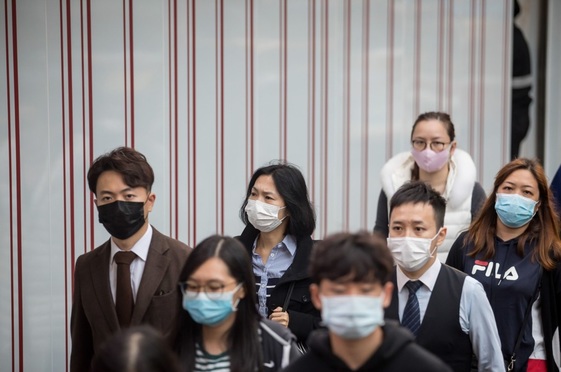- Antitrust
- China Law News
- Foreign Direct Investment
- Intellectual Property
- Retail Trade and Distribution
- Technology Media and Telecom
In the News: SAMR Accepts VIE; IP Protection Guideline; and Medical Equipment Easing
April 27, 2020 | BY
Vincent ChowChina's anti-monopoly regulator accepts VIE merger filing for the first time; Supreme Court outlines plans to strengthen IP rights protection; and rules changed to remove hurdles for medical equipment exporters
SAMR accepts first merger filing involving VIE structure
China's anti-monopoly regular has accepted a merger control filing involving a variable interest entity (VIE) for the first time. On Apr. 20, the State Administration for Market Regulation (SAMR) published a notice regarding a merger review for a proposed joint-venture (JV) between two Shanghai-based companies, one of which has a VIE structure, a unique kind of corporate legal structure that allows for offshore investments to finance Chinese companies operating in industries where foreign investment is restricted and prohibited.
This premium content is reserved for
China Law & Practice Subscribers.
A Premium Subscription Provides:
- A database of over 3,000 essential documents including key PRC legislation translated into English
- A choice of newsletters to alert you to changes affecting your business including sector specific updates
- Premium access to the mobile optimized site for timely analysis that guides you through China's ever-changing business environment
Already a subscriber? Log In Now





